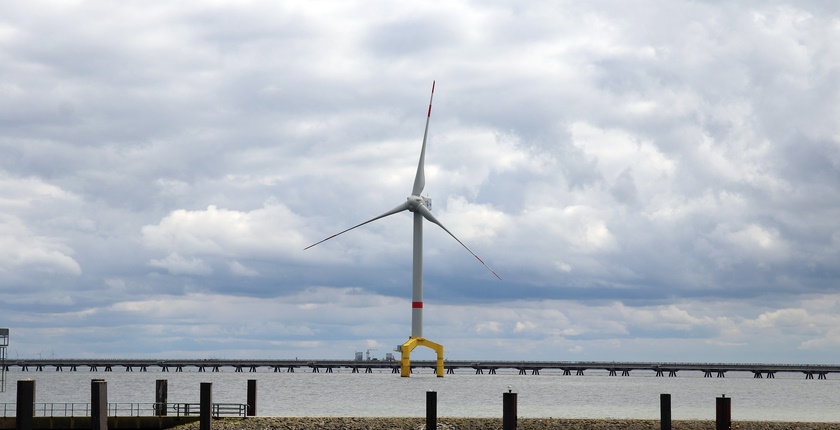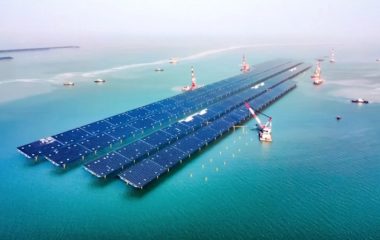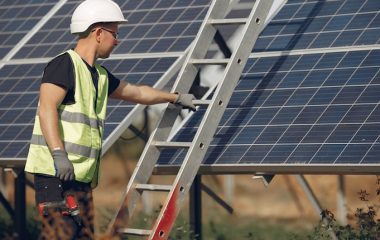
Photo: Moerschy from Pixabay
In the updated Renewable Energy Resources Support Mechanism (YEKDEM), Turkey included wave and tidal energy facilities and offshore wind farms for the first time.
The last feed-in tariff scheme for renewable electricity plants in Turkey expired in mid-2021. According to a new decision, operators are now entitled to preferential power prices for installations commissioned between July 1, 2021, and the end of 2030. The YEKDEM mechanism is for ten years, except for geothermal facilities and pumped storage hydropower, for which the duration is 15 years.
For the first time, wave and tidal energy facilities and offshore wind farms can get subsidies.
For most technologies, beneficiaries that fulfill Turkey’s requirements regarding the share of domestic equipment and workers are set to receive an additional TRL 0.288 per kWh (0.0148 cents per kWh) for five years within the period.
Higher domestic content bonus was approved for offshore wind, pumped storage, tidal and wave energy and combining storage with wind and photovoltaics
But offshore wind farms were allotted TRL 0.3845 per kWh or 0.0197 cents per kWh, together with pumped storage, tidal and wave installations and electricity storage systems integrated with wind or solar power systems. In addition, the combination of storage with solar and wind power can benefit from the domestic content bonus for ten years, and so can wave and tidal systems and pumped storage hydropower plants.
Waste-to-power plants have an additional TRL 0.2158, just 0.0111 cents, if they meet the domestic value standards.
Pumped storage hydropower plant operators will get the strongest incentives, followed by the geothermal power category
The tariffs are expressed both in United States dollars and in a range in Turkish liras. They are regularly adjusted once a month. The authorities said the exchange rate would have greater weight in the calculation than before. The lira’s value is four to five times lower than five years ago against the euro and the dollar, respectively, and extreme swings were frequent.
Inflation, which has slowed in Turkey but remains extreme on a worldwide level, will have a smaller impact on the feed-in tariff adjustment.
For photovoltaics integrated with wind or solar power generation installations, which makes them hybrid power plants, the level is between 5.85 and 7.15 cents per kWh.
The basic range – for solar power, onshore wind and biomass – is between 4.95 and 6.05 cents per kWh. The categories of geothermal energy and pumped storage, the tariff is the highest: 9.45 to 11.55 US cents per kWh.


















Be the first one to comment on this article.